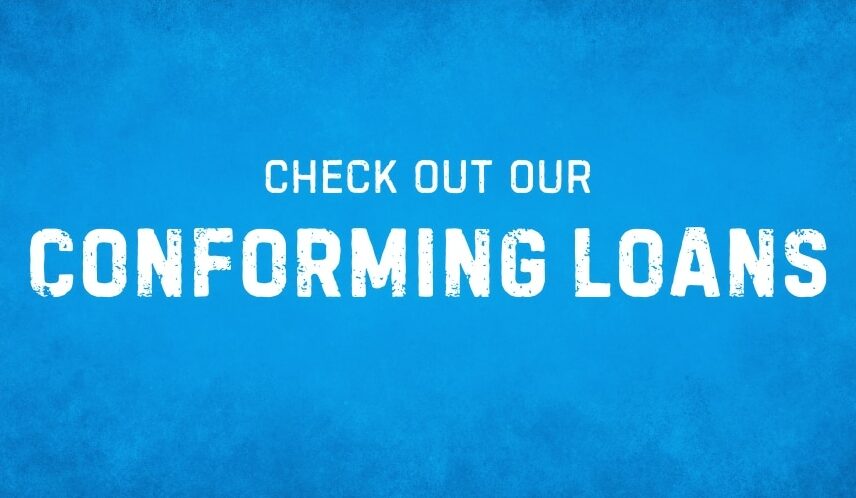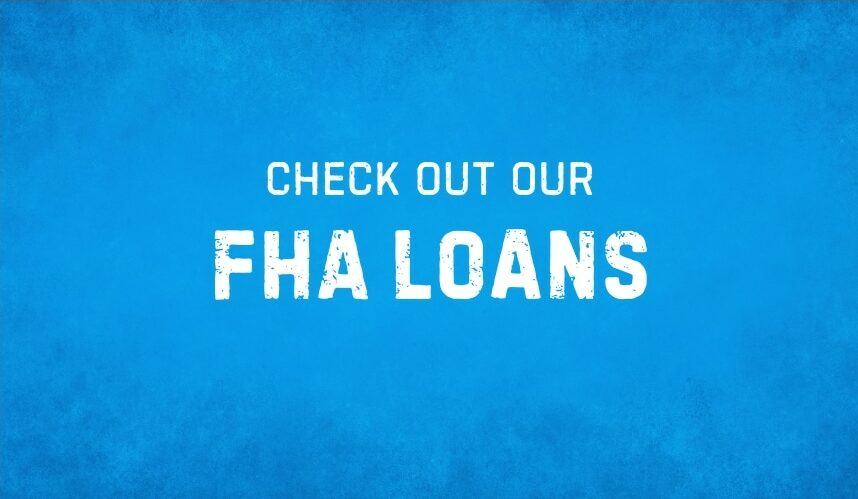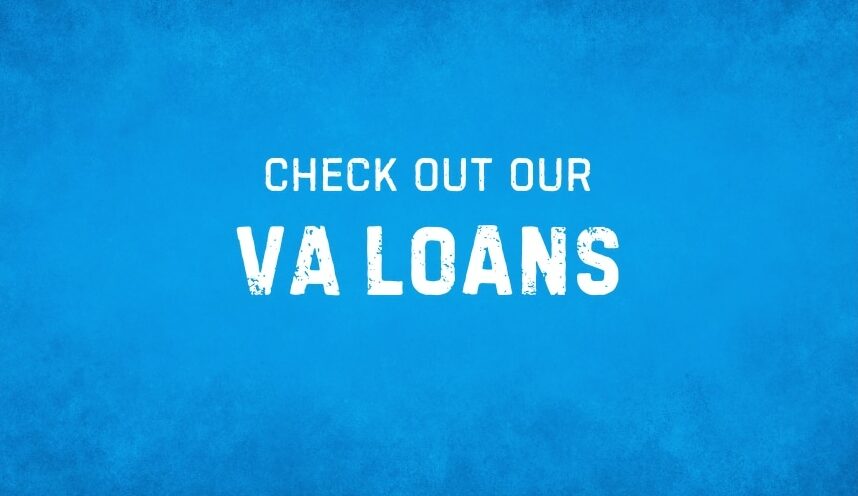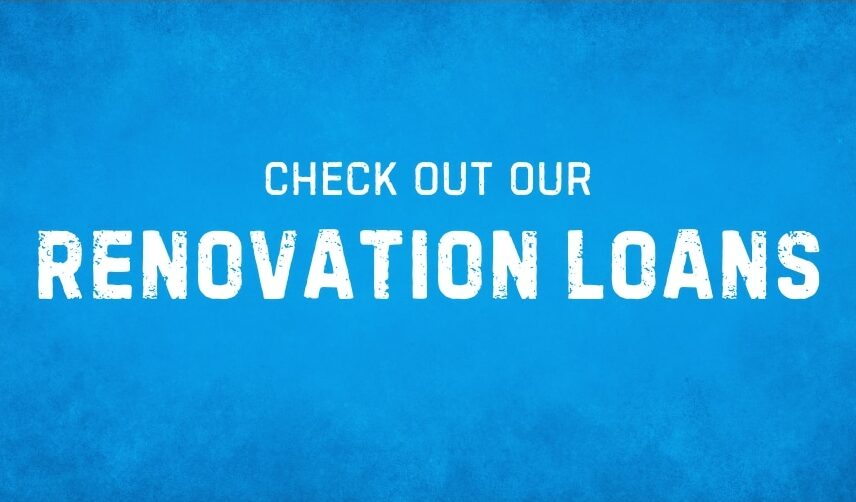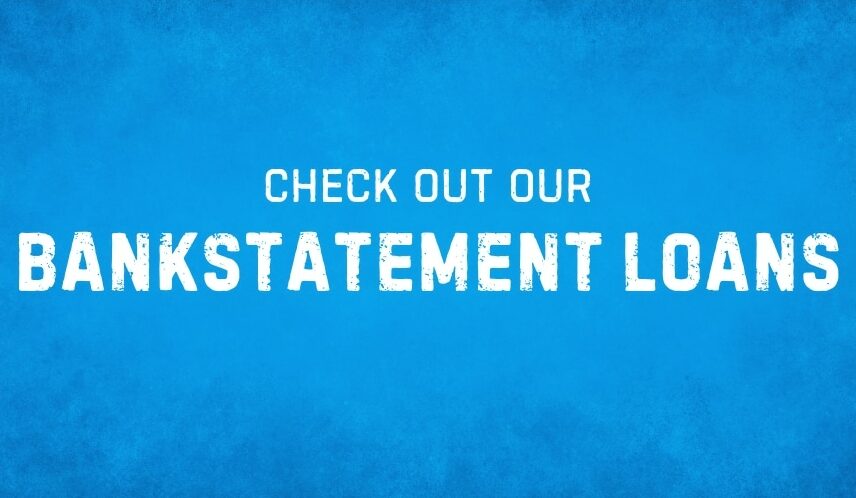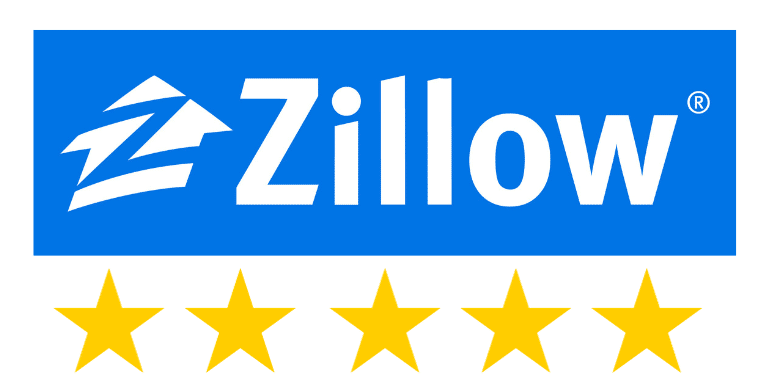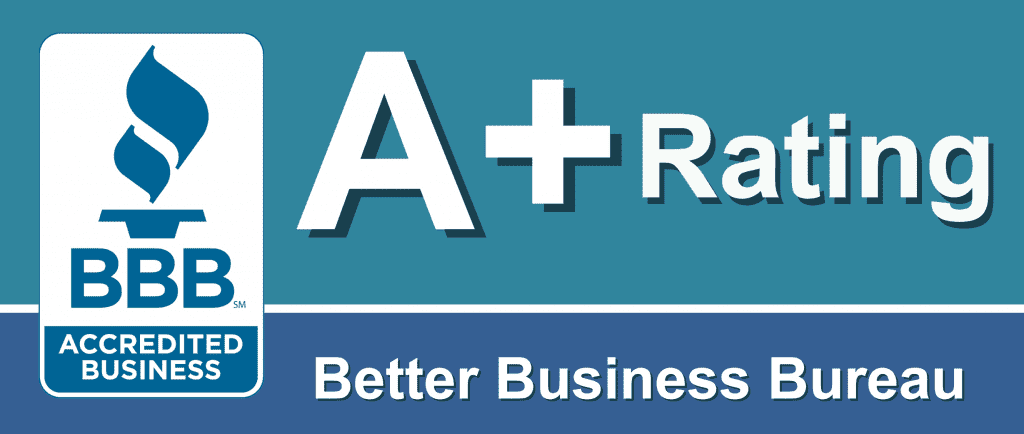
Ten Tips For Refinancing A Mortgage
For many homeowners, there comes a time when a refinance is in order. For that reason, we’ve created our tips for refinancing a mortgage.
There are many reasons why a homeowner may want to refinance;
- Mortgage rates are low
- The homeowner wants to pull out cash to improve the home
- Taking cash out to pay off high-interest debt
- Moving from a 30-year to a 15-year fixed-rate mortgage
- Getting rid of FHA Mortgage Insurance or Private Mortgage Insurance
Whatever the case, it’s important to be prepared, which is why I created this list of industry pro tips for refinancing a mortgage.
Just stick with the following tips for refinancing a mortgage, and you’ll have a successful transaction.
Here are the industry pro tips to save you money
Below are ten pro tips for refinancing a mortgage. Use these tips to help you save money on your next refinance transaction.
Discover Your Refinance Options
By educating yourself on your various options, you can choose the right option to match your financial needs, which means you’ll start the process on the right foot.
When people think of doing a refinance, they usually think of a rate and term refinance.
You do not need to shorten the term; you can switch from one 30-year fixed to a new 30-year fixed to take advantage of a lower rate. When you hear mortgage rates are dropping to new lows, this is the most common refinance.
The second most common type of refinance is a cash-out refinance. And your ability to do a cash-out refinance depends on many things, including your home’s equity. With each mortgage payment, you build equity in your home (equity is the percentage of your house that you actually own) unless you have an interest-only payment.
People tap into their home equity for all kinds of reasons: to finance a large purchase, to pay for a financial emergency, to pay for home renovations, to pay other debts, etc. By taking this route, you will take on a higher loan principal.
What Is A Rate And Term Refinance?
This type of refinancing means changing the interest rate and/or term (number of years) of your current mortgage. For example, you currently have a 30-year fixed-rate mortgage at 4.00% and are refinancing to a new 15-year fixed-rate mortgage at 3.50%.
Home Value And Getting Qualified
This is an essential tip for refinancing a mortgage. Before you get too deep into the process, you need to know two things;
- your home’s value
- whether or not you qualify for a refinance
To determine your home’s estimated value, you can go to Zillow.com or one of the other home value online websites, which will give you a general idea of your home’s value.
If you used a Realtor when you purchased the home, they might be able to provide an idea of the value—a word of caution. Sometimes, Realtors will give you a higher value than what you’ll see in an appraisal.
This happens because there is a difference between what an appraiser sees as value and what a potential buyer sees as value. It would help if you also took some time to research other homes in your neighborhood or surrounding area. This will give you an idea of how your home compares.
Next, you’ll check to see if you qualify. To qualify, you should meet the following criteria:
- You should have a credit score above 620 when refinancing into a Conventional loan.
- Ideally, you should have a debt-to-income ratio or DTI of 50% or less. To calculate that, divide your monthly debts by your monthly income.
- You must have equity in your home for cash-out refinances. Most lenders will lend you up to an 80% Loan-To-Value ratio.
Compare Lenders
Our tips for refinancing a mortgage would not be complete if we didn’t include a section on finding the best lender. Go online to the Better Business Bureau and find well-respected mortgage companies. Stick with the lenders that have an A or A+ rating. You can also seek out recommendations from friends and family. Look for reviews online, like Zillow and Google, to make sure you’re working with a lender with a good track record.
When you’ve narrowed down the list, ask the lenders for rates, terms, and requirements. Ensure they align with your short, medium, and long-term financial plan.
Know What Kind Of Refinance Fits Your Needs
Research what mortgage program is best for your financial goals, equity, and credit score.
- If you want a lower rate and have a good credit score, go for a Conventional rate-and-term refinance.
- Maybe your credit score isn’t great; an FHA rate-and-term refinance might be best.
- Let’s say you already have an FHA loan. Consider an FHA Streamline Refinance – it’s one of the best refinance programs in the industry.
- Are you in the military, or were you in the military? If so, you should consider a VA rate-and-term refinance, or a VA cash-out refinance as a military borrower.
- Depending on your credit, if you want to tap into your equity, you’ll need a conventional cash-out refinance or an FHA cash-out refinance.
Gather All The Necessary Documents Ahead Of Time
Before you get started, gather the necessary documentation. This will help to expedite the process.
If you are an employee, you’ll need your two most recent pay stubs, your most recent W2, employer info (names and numbers), your homeowner’s insurance agent’s contact information, and a current mortgage statement.
If you are self-employed, then instead of pay stubs and a W2, you’ll want to gather your two most recent years of tax returns.
For retired homeowners, you’ll want to have the two most recent years of tax returns and your two most recent bank statements showing your retirement income.
The above is an initial list. For a more in-depth look at what is needed, please visit our documents needed to refinance page.
Help Expedite Your Refinance Timeline
While no one can tell you exactly how long it will take to refinance, it can generally range from 21 to 45 days, though certain circumstances can extend it longer. Our tips for refinancing a mortgage would fall short if we did not suggest the following: be responsive and proactive.
Most loan officers want to close your loan fast, so they help more clients. When your loan officer makes a request, make sure you follow up quickly. If you happen to know your loan officer forgot something or missed something, don’t wait until they figure it out; let them know.
Ask your loan officer to check for appraisal waivers on conventional loans, look into an FHA Streamline Refinance, or if you are or have been in the military, then a VA IRRRL.
Keep An Eye On Your Credit Score
As discussed, you’ll need a credit score of 620 or higher for most lenders.
Ahead of the refinance, avoid taking on additional debt, as this will drag your score down. Don’t max out credit cards and avoid applying for any new credit – new debt opportunities can cause up to an 8-point drop in your credit score.
Have A Plan For The Costs And Fees Associated With The Refinance
Refinancing is not free – application, attorney, inspection, and appraisal can all result in fees. Try to save up before beginning the process. If that’s not possible, weigh the benefit of the refinance with the cost. It might not be worth it if you don’t intend to live in that home for more than a couple of years.
Fill Out The Application As Correctly As Possible
Complete the loan application accurately. Leaving out information or entering incorrect information will only delay the process.
The Importance Of Being Timely
Another way to expedite things is to stay on top of communications – you’ll be expected to set up the appraisal, supply any extra or missing documents, and review a closing disclosure. Lenders, appraisers, and escrow companies receive many requests, so please respond promptly.
Refinance tips from around the web
Here are some refinance tips from other online resources.
Here is a constructive tip from the people over at Investopedia.
Know Your Break-Even Point
An important calculation in the decision to refinance is the break-even point: the point at which the costs of refinancing have been covered by your monthly savings. After that point, your monthly savings are completely yours. For example, if your refinance costs you $2,000 and you are saving $100 per month over your previous loan, it will take 20 months to recoup your costs. If you intend to move or sell your home within two years, a refinance under this scenario may not make sense.
source: investopedia
Another great page for refinance tips comes from Marketwatch:
Prepare in case rates drop
You’ll want to get your refinance application in as soon as possible, not only to catch low rates before they rise, but also to avoid a backup in refinance applications should rates suddenly fall, according to Casey Fleming, author of “The Loan Guide: How to Get the Best Possible Mortgage.”
“This is the biggest mistake I think people make,” Fleming says. “If you’re not in the pipeline ready to go when the interest rates start moving down, all of a sudden you have to get in the back of the line, and oftentimes you miss the dip in the rates.”
Fleming says that you’re not obligated to lock in a rate when you submit your application. You can wait and watch the market for as long as you want.
If you’re not ready to submit your application just yet, work on keeping your credit score up, have your financial documents ready to go, and save money for the upfront refinancing fees. Just remember that rates are rising slowly but steadily.
source: marketwatch
Are you ready to refinance?
Above all else, researching and educating yourself about the process is the best way to ensure a smooth and efficient refinance. If you’re feeling intimidated, know there’s a system in place that includes experts who will guide you. Lean on your loan officer for guidance when needed.
Knowing your loan program, understanding the appraisal process, meeting your program’s qualification requirements, and staying on top of your credit report are all keys to a successful refinance.

